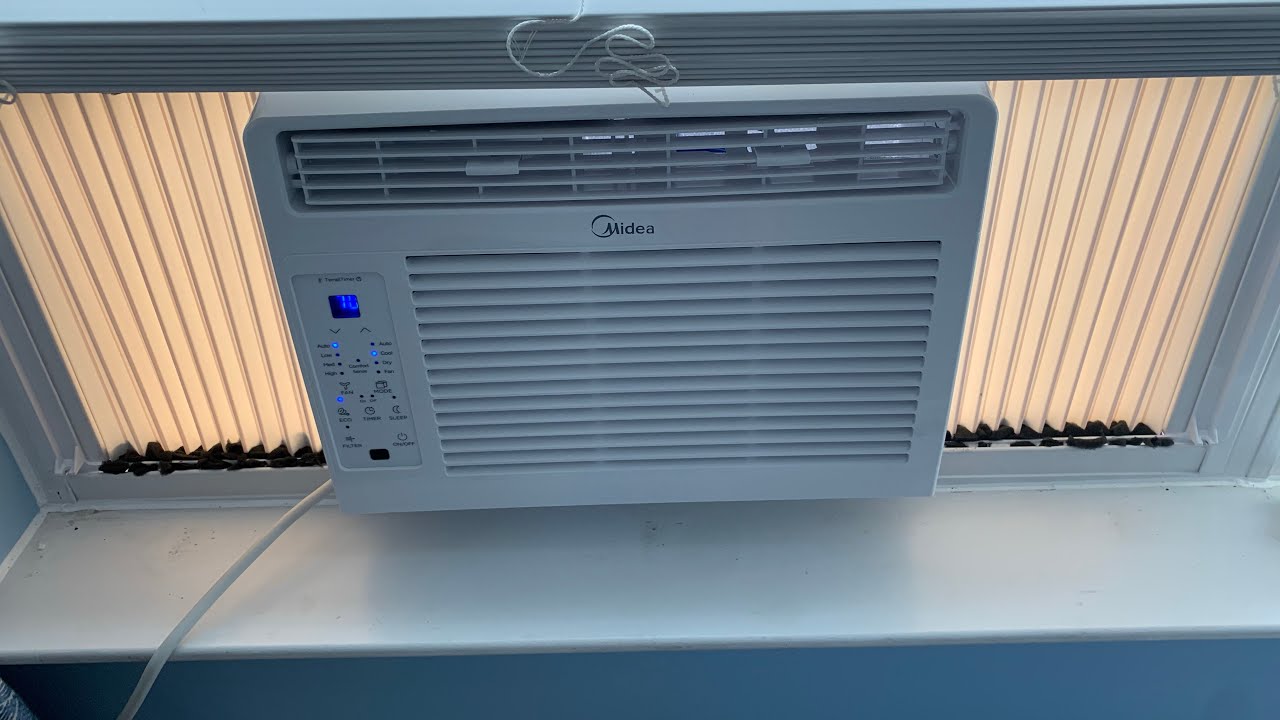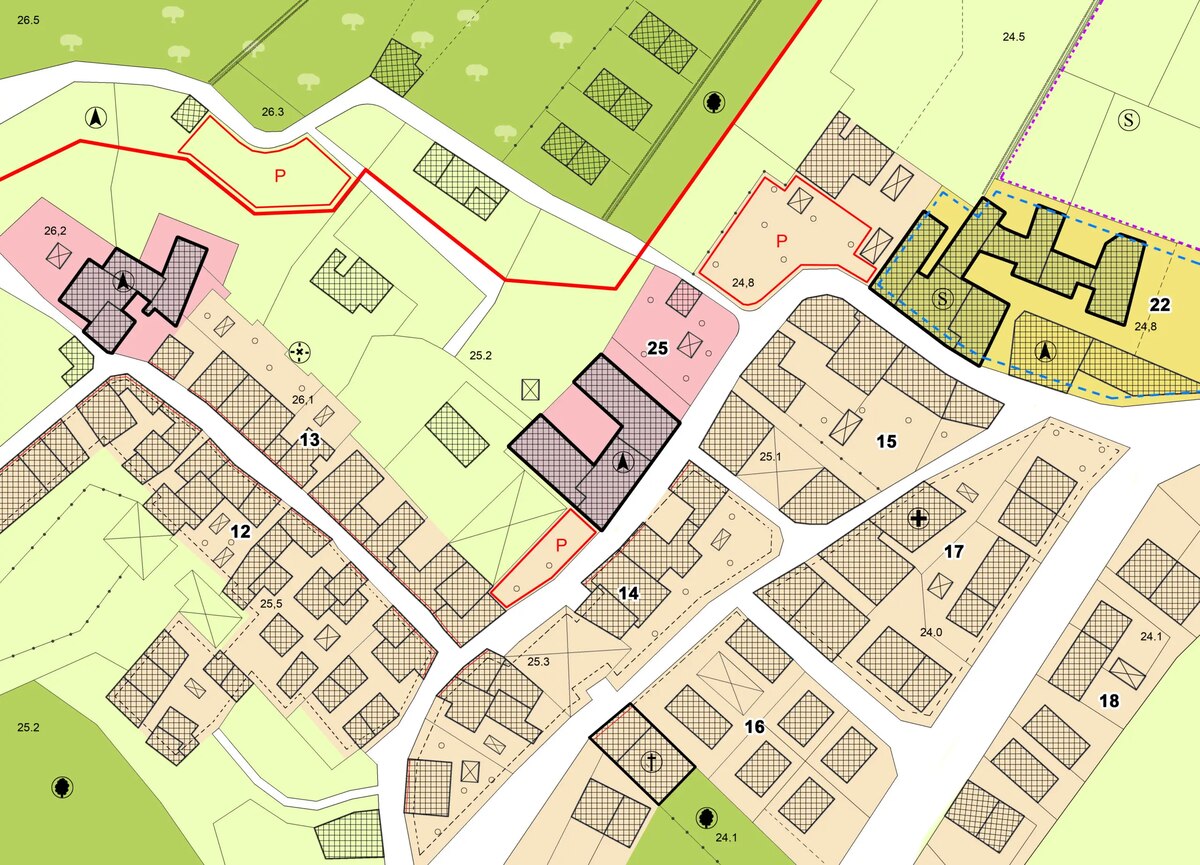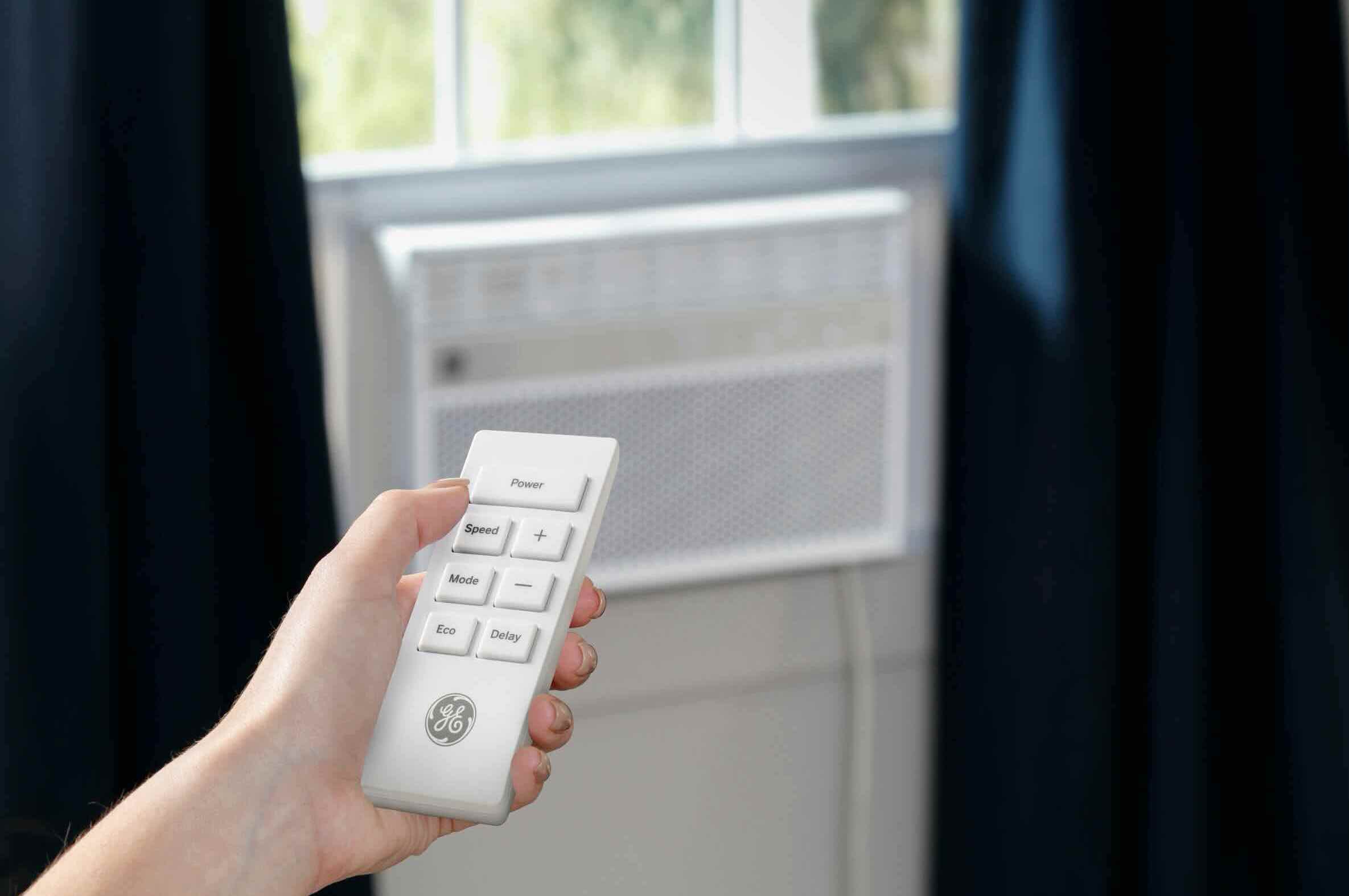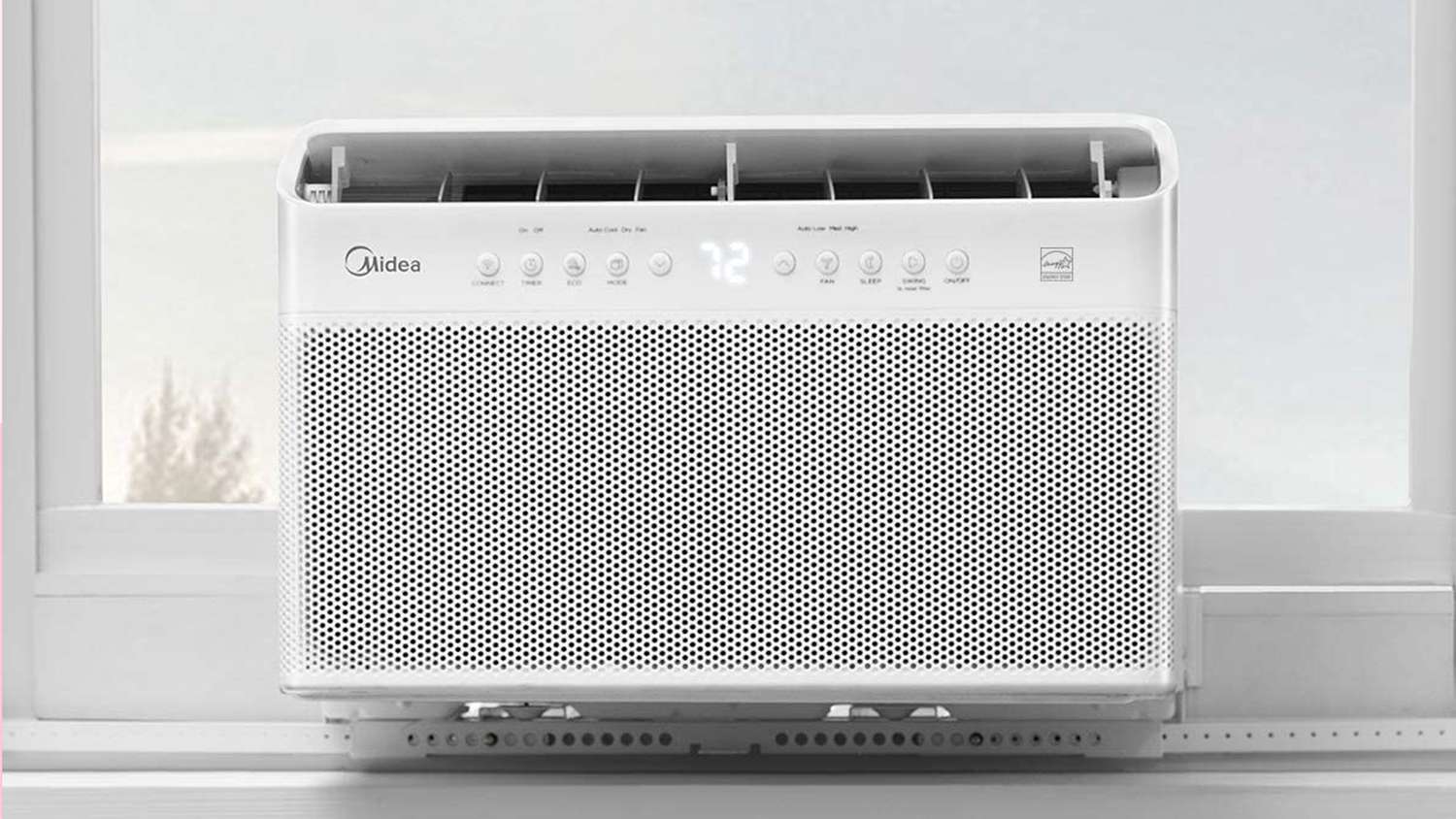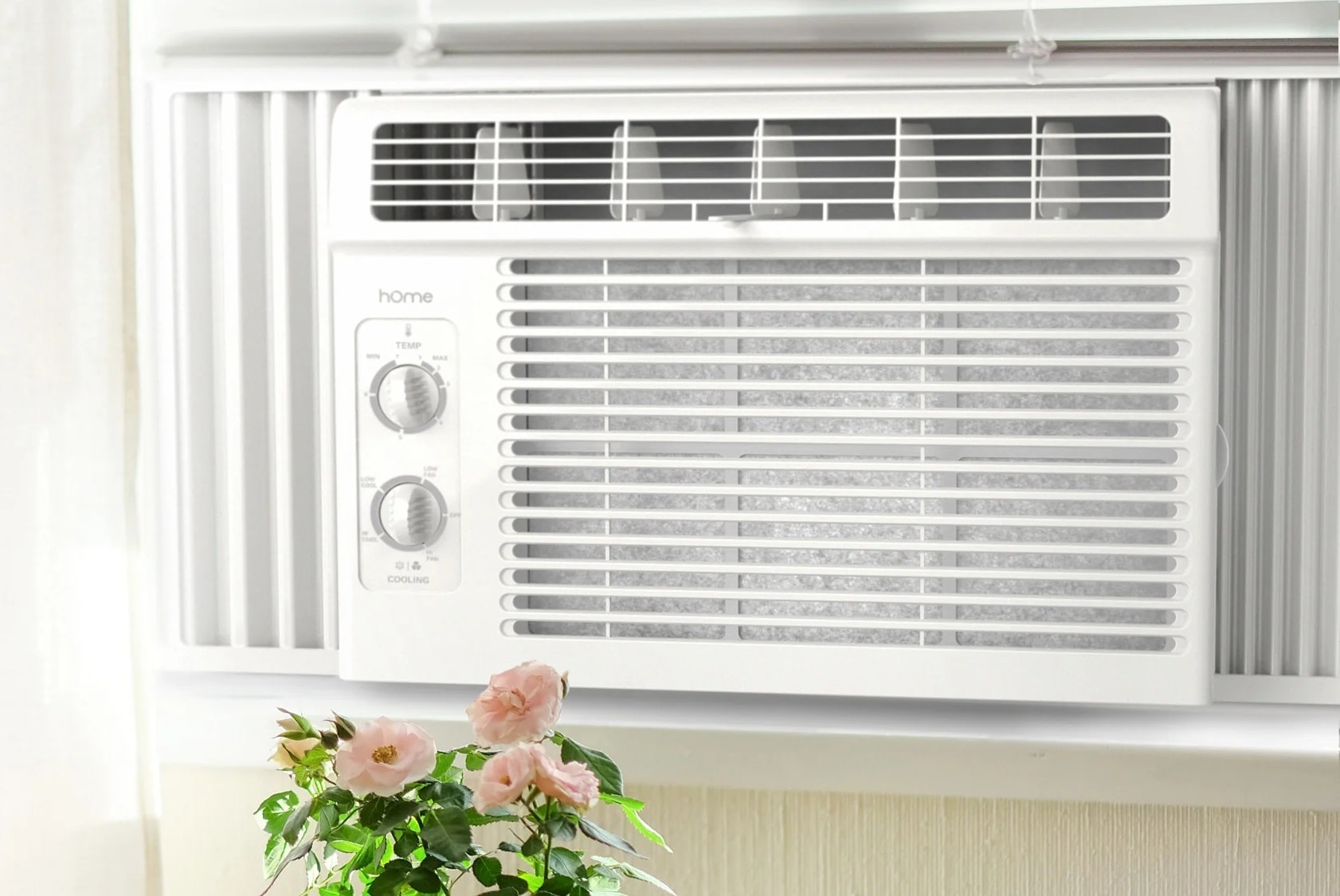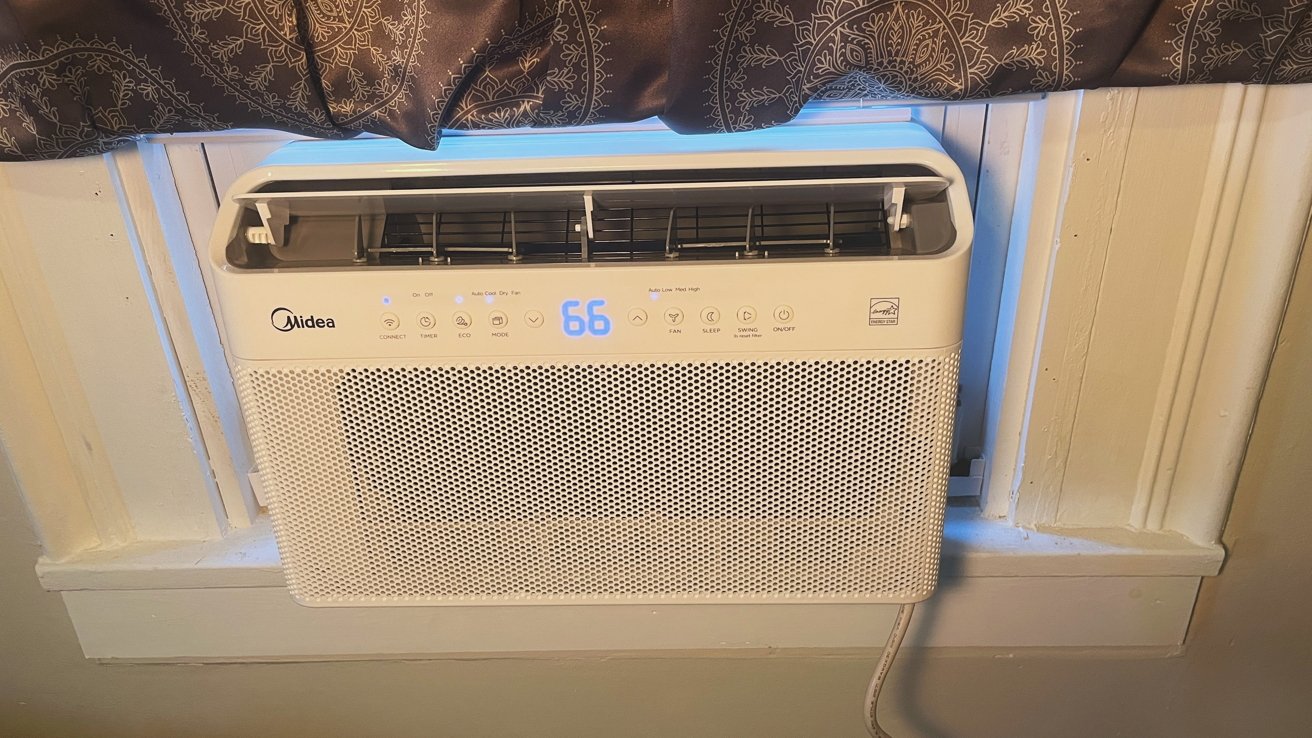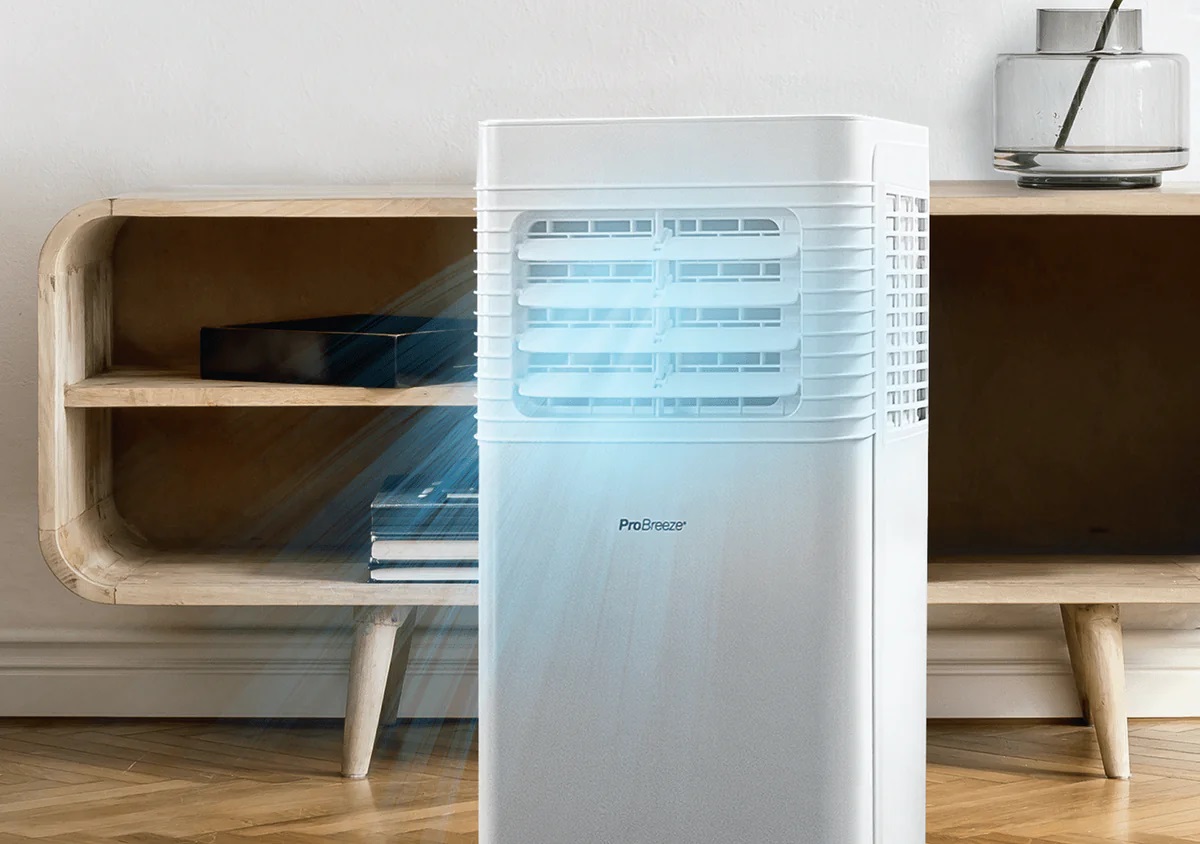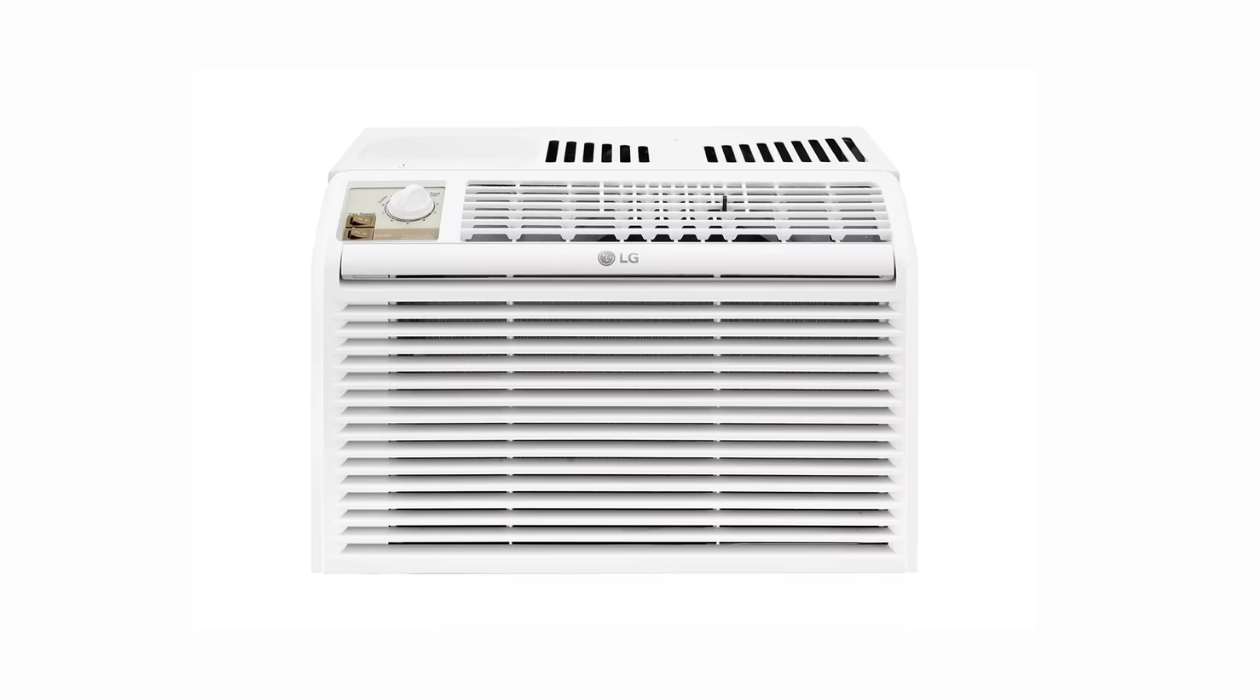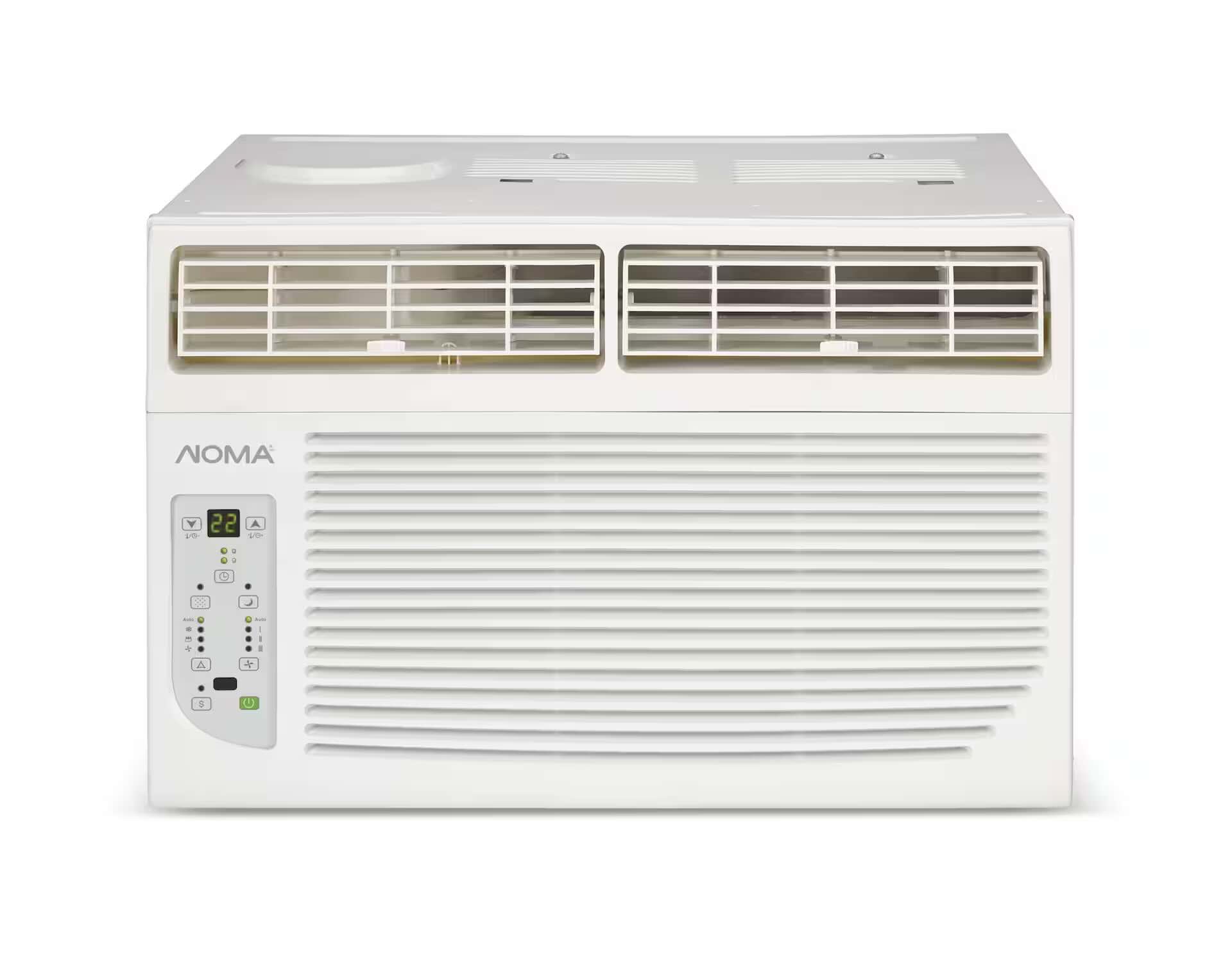Home>Home Maintenance>How To Find Out The BTU Of An Air Conditioner
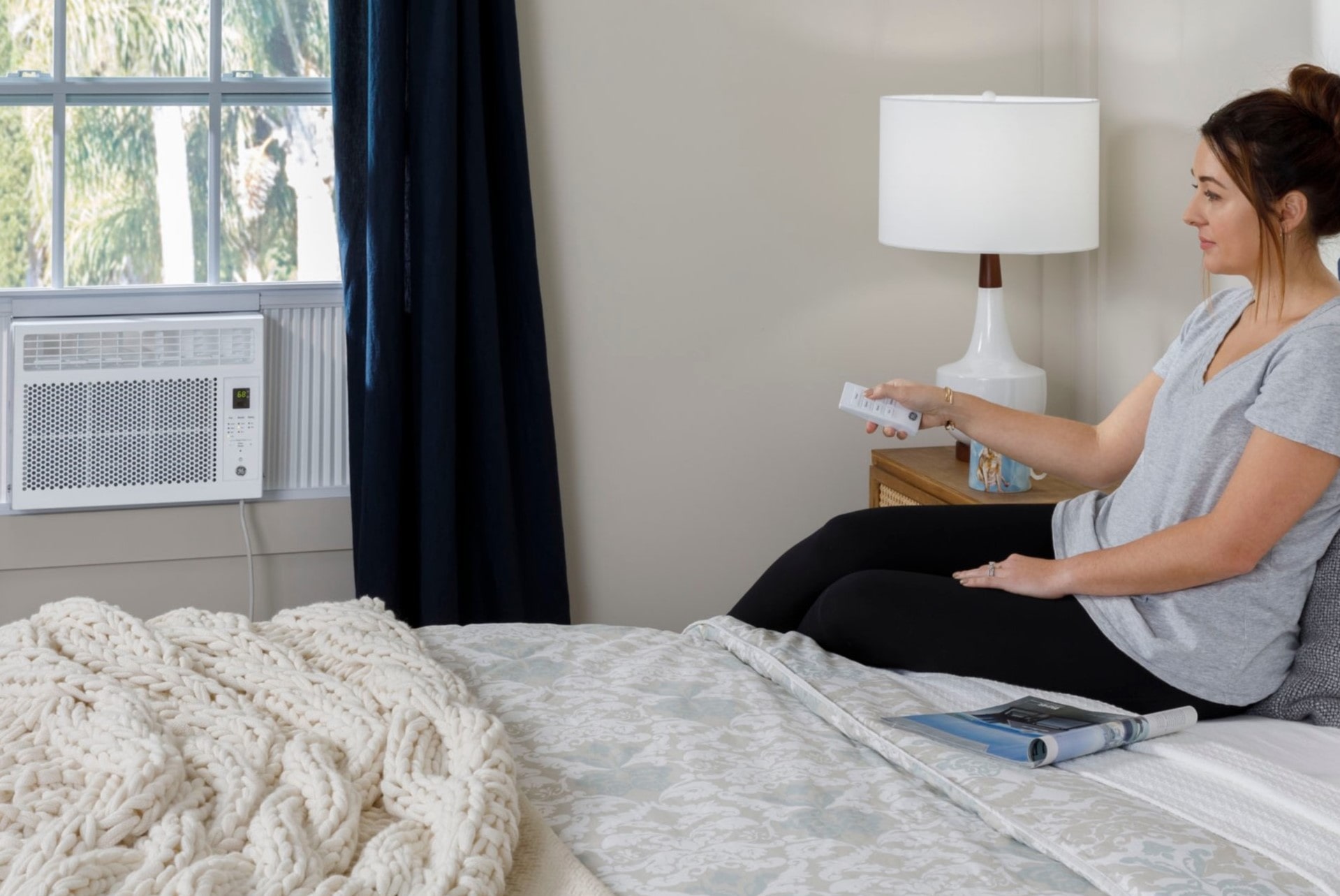

Home Maintenance
How To Find Out The BTU Of An Air Conditioner
Modified: March 7, 2024
Learn how to calculate the BTU of your air conditioner for effective home maintenance. Find out the optimal cooling capacity in a few simple steps.
(Many of the links in this article redirect to a specific reviewed product. Your purchase of these products through affiliate links helps to generate commission for Storables.com, at no extra cost. Learn more)
Introduction
Welcome to the world of home maintenance! As a homeowner, one of the essential aspects of managing your space is ensuring proper air conditioning. However, understanding the technicalities of air conditioners can sometimes be a daunting task. One critical aspect that needs your attention is the BTU (British Thermal Unit) rating of your air conditioner.
BTU is the unit used to measure the cooling capacity of an air conditioner. Knowing the BTU of your air conditioner is crucial as it determines the effectiveness and efficiency of cooling in your home. Finding out the BTU of your air conditioner is a simple process that can be done using various methods. In this article, we will explore three different approaches to help you determine the BTU of your air conditioner accurately.
Whether you are planning to replace your old unit, upgrade to a more powerful system, or simply want to compare the cooling capacity of different air conditioning options, understanding how to find out the BTU of an air conditioner is vital.
So, let’s dive in and find out how you can determine the BTU of your air conditioner with ease!
Key Takeaways:
- Understanding BTU
Knowing the BTU of your air conditioner is like knowing how much power it has to keep your home cool. It’s important to match the BTU to the size and needs of your space for efficient cooling. - Finding the Right BTU
You can find out the BTU of your air conditioner by checking the manufacturer’s info, using a BTU calculator, or doing a manual calculation. Each method helps you figure out the best cooling power for your home.
Read more: How Much Is An 8,000 Btu Air Conditioner
Understanding BTU
Before we jump into the methods of finding out the BTU of an air conditioner, it’s important to have a clear understanding of what BTU actually means. BTU stands for British Thermal Unit, and it is the amount of heat energy needed to raise or lower the temperature of one pound of water by one degree Fahrenheit.
In the context of air conditioning, BTU refers to the cooling capacity of an air conditioner. It indicates how much heat the unit can remove from a space within a given time period. The higher the BTU rating, the more powerful the cooling capacity of the air conditioner.
When determining the BTU required for your space, factors such as room size, insulation, ceiling height, and the number of occupants contribute to the overall cooling load. Different rooms or areas may have different cooling needs, so it’s essential to calculate the appropriate BTU for each space to ensure optimal comfort and energy efficiency.
Understanding the cooling needs of your space and the BTU rating of your air conditioner will help you make informed decisions when it comes to selecting the right unit for your home or office. Let’s explore the various factors that affect the BTU calculation in more detail.
Factors Affecting BTU Calculation
When calculating the BTU requirements for your air conditioner, several factors come into play. Understanding these factors will help you determine the appropriate BTU rating for your space and ensure efficient cooling. Let’s take a closer look at the key factors that affect BTU calculation:
- Room Size: The size of the room is one of the primary considerations when calculating BTU. Larger rooms require air conditioners with higher BTU ratings to cool the space effectively, while smaller rooms will need lower BTU ratings.
- Insulation: The insulation of your space plays a significant role in BTU calculation. Well-insulated rooms retain cool air and prevent heat transfer, reducing the cooling load. On the other hand, poorly insulated spaces will require higher BTU ratings to compensate for the heat gain.
- Ceiling Height: Higher ceilings result in larger volumes of air that need to be cooled. As a general rule, add 10% to the BTU calculation for every foot above the standard ceiling height of 8 feet.
- Number of Occupants: The number of people in a room generates body heat, contributing to the cooling load. Consider adding 600 BTUs for each additional person beyond the first two.
- Windows and Sunlight: Sunlight can significantly increase the temperature in a room. If the area receives direct sunlight, additional BTUs may be required. Similarly, the number and size of windows also affect the cooling load. Increase the BTU calculation for rooms with large windows or excessive sunlight exposure.
- Climate: The climate of your area affects the cooling requirements. Hotter climates will require air conditioners with higher BTU ratings to combat the higher temperatures and humidity levels.
- Extra Heat Sources: Consider any additional heat sources in the room, such as appliances, lighting, or electronic equipment. These sources can add to the cooling load and may require higher BTU ratings.
By considering these factors and incorporating them into your BTU calculation, you can ensure that your air conditioner is appropriately sized and capable of providing the desired level of cooling efficiency for your space. Now that we understand the factors affecting BTU calculation, let’s explore the methods of finding out the BTU of an air conditioner.
Method 1: Manufacturer’s Specifications
One of the easiest and most reliable methods to find out the BTU of an air conditioner is by referring to the manufacturer’s specifications. When purchasing an air conditioner, the manufacturer provides detailed information about the unit’s cooling capacity, including the BTU rating. Typically, you can find this information on the product packaging, the user manual, or the manufacturer’s website.
To determine the BTU of your air conditioner using this method, follow these simple steps:
- Locate the manufacturer’s label or identification plate on your air conditioner.
- Look for the BTU rating or cooling capacity information.
- Note down the BTU rating for future reference.
Once you have the BTU rating of your air conditioner, you can compare it with the cooling needs of your space. Remember to consider the factors we discussed earlier, such as room size, insulation, and other influencing factors, while determining the appropriate BTU requirement for your particular space.
It’s worth mentioning that the manufacturer’s specifications are usually accurate and reliable. However, it’s essential to verify the information and take into account any specific considerations unique to your space to ensure optimal cooling performance.
This method is simple and convenient, especially if you have access to the packaging or user manual of your air conditioner. However, if you don’t have this information readily available, don’t worry! There are alternative methods to find out the BTU of an air conditioner that we will explore next.
To find out the BTU of an air conditioner, look for the label on the unit or check the product manual. The BTU rating is typically listed in the specifications section.
Method 2: Using a BTU Calculator
If you don’t have access to the manufacturer’s specifications or want to double-check the BTU rating of your air conditioner, using a BTU calculator is a reliable and convenient method. BTU calculators are online tools or software applications specifically designed to help homeowners determine the appropriate BTU requirement for their space.
Follow these steps to find out the BTU of your air conditioner using a BTU calculator:
- Measure the dimensions of the room you want to cool, including the length, width, and height.
- Visit a trusted BTU calculator website or use a BTU calculator application.
- Enter the required information, such as room dimensions, insulation quality, number of windows, presence of sunlight, and other relevant factors.
- Submit the information and wait for the calculator to provide the recommended BTU rating for your air conditioner.
BTU calculators consider the various factors that affect the cooling load of your space to provide a more accurate BTU requirement. This method takes into account room size, insulation, ceiling height, number of occupants, sunlight exposure, and other influencing factors to ensure precise calculations.
It’s important to note that using a BTU calculator may require some estimation or assumptions about certain factors, such as insulation quality or sunlight exposure. However, these calculators are generally designed to provide a reliable and close approximation of the BTU rating you need.
By using a BTU calculator, you can confidently determine the appropriate BTU requirement for your air conditioner and ensure efficient cooling in your space.
Now that we’ve explored the manufacturer’s specifications method and the BTU calculator method, let’s move on to the third method: manual calculation.
Read more: How Many Btu In 2 Ton Air Conditioner
Method 3: Manual Calculation
If you prefer a more hands-on approach or don’t have access to the manufacturer’s specifications or a BTU calculator, you can still find out the BTU of your air conditioner by manually calculating it. While this method requires a bit more effort, it allows you to tailor the calculation to the specific needs of your space.
Here’s a step-by-step guide on how to manually calculate the BTU of your air conditioner:
- Measure the length, width, and height of the room you want to cool.
- Calculate the volume of the room by multiplying the length, width, and height measurements together.
- Multiply the volume of the room by a factor of 4. This factor takes into account the cooling load due to insulation, sunlight exposure, and other influencing factors.
- If the room has direct sunlight, add an additional 10% to the calculated figure.
- If the room has more than two occupants, add an extra 600 BTUs for each additional person.
- If the room is a kitchen, add an additional 4,000-6,000 BTUs to account for the heat generated by cooking appliances.
By following these steps, you can manually calculate the BTU requirement for your space. However, keep in mind that this method provides a rough estimate and may not account for all the specific factors that affect cooling needs.
It’s worth mentioning that if you’re unsure about any aspect of the manual calculation or want a more accurate BTU recommendation, it’s advisable to consult with a professional HVAC technician or contractor. They have the expertise and experience to assess your space’s cooling requirements and provide you with the most accurate BTU rating for your air conditioner.
With the manual calculation method, you can have a better understanding of the cooling needs of your space and determine the appropriate BTU rating for your air conditioner.
Now that we have covered all three methods of finding out the BTU of an air conditioner, let’s wrap up our discussion.
Conclusion
Knowing the BTU rating of your air conditioner is essential for maintaining a comfortable and efficiently cooled home. By finding out the BTU of your air conditioner, you can ensure that it is appropriately sized for your space, delivering optimal cooling performance while saving energy.
In this article, we explored three different methods to find out the BTU of an air conditioner: using the manufacturer’s specifications, utilizing a BTU calculator, and manually calculating the BTU. Each method has its own advantages and can help you determine the appropriate BTU rating for your specific needs.
The manufacturer’s specifications method provides an easy and reliable way to find the BTU rating, as it is the information provided by the manufacturer themselves. However, if you don’t have access to this information, you can utilize a BTU calculator. These online tools or applications take into account various factors to provide an accurate BTU recommendation for your space.
If you prefer a more hands-on approach, manual calculation allows you to tailor the BTU calculation to your specific room dimensions and factors such as insulation, sunlight exposure, and occupancy. However, manual calculation may not be as precise as the other methods, and consulting an HVAC professional is always recommended if you are uncertain.
Regardless of the method you choose, understanding the BTU of your air conditioner is crucial for proper cooling and energy efficiency. It ensures that your air conditioner is not underpowered or overpowered for your space, resulting in comfortable and cost-effective cooling.
So, whether you refer to the manufacturer’s specifications, use a BTU calculator, or manually calculate the BTU, take the time to find out the appropriate BTU rating for your air conditioner. Doing so will ensure that you enjoy optimal cooling performance and a comfortable living environment.
Frequently Asked Questions about How To Find Out The BTU Of An Air Conditioner
Was this page helpful?
At Storables.com, we guarantee accurate and reliable information. Our content, validated by Expert Board Contributors, is crafted following stringent Editorial Policies. We're committed to providing you with well-researched, expert-backed insights for all your informational needs.
